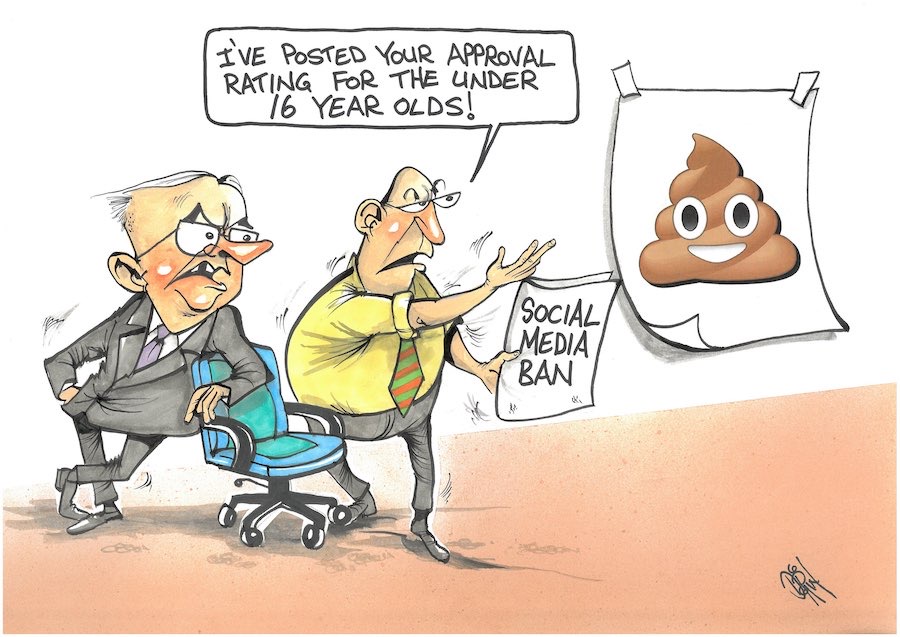
First published January 18, 2023
How much, if anything, did the Commonwealth Government pay to settle the $3 million compensation claims of Brittany Higgins? Legal columnist HUGH SELBY says the taxpayer is entitled to know what the settlement was and for what.
THERE’S a repeated rumour in the mainstream press that Brittany Higgins got a Christmas present of $3 million to settle various claims arising from her unproven allegations of victimhood.

It’s a bubbling rumour because the Albanese government foolishly acceded to Higgins’ request not to disclose their mid-December settlement.
We are left wondering: Did she get anything? If so, why? How much?
For context, let’s first examine what an astounding sum $3 million would be, and that’s so whether her claims were proven, disproved or incapable of being decided one way or the other.
But this settlement was of litigation or threatened litigation (I don’t know which) so let’s look at comparable verdicts for money compensation in severe injury and in defamation cases, noting that such compensation has two parts: non-economic and economic loss amounts.
Economic loss compensation in defamation is for actual financial loss suffered as a result of the damage to the plaintiff’s reputation. Most commonly, this is loss of business or employment opportunities.
Economic loss compensation in personal injury is a payment that is made for lost earnings or lost capacity to earn, resulting from the injury.
Given all the publicity and the book advance to Higgins it’s hard to see any economic loss. She has become a celebrity, in demand, not scorned.
Non-economic loss in defamation is capped at about $425,000, non-economic loss for personal injury is capped at about $660,000, so way short of $3 million.
Let’s go through the saga as we know it and see if we can find compensable bits in the non-economic loss category.
Let’s do this as reasonable adults, applying what we know and expect of adults in the workplace.
We are looking for adequate evidence (that is, what believable evidence is left after a proficient cross examination) to support one or more claims to be compensated with taxpayer money.
We must remember that Higgins has been cross-examined and she failed to persuade the jury.
What’s more she has said – with expert support – that she can’t give evidence again. This would mean civil cases, too – so her account can never be tested.
Was she assaulted? We don’t know.
Was there insufficient attention to workplace safety up on the Hill? Given the hour and her intoxication she had no business to be at the workplace. Workplace safety does not arise.
Was her reputation tarnished by negative comments that others in the workplace may have made following her allegations? Possibly yes, possibly no, given all the attention she sought and received. Seems a bit rich to complain about criticism though when you have gone out of your way to accuse someone else, using all the resources of the state and a media gone mad.
The result is that nothing is substantiated for either non-economic or economic loss, hence – unless there’s other secret material – no payment was warranted.
Perhaps – contrary to the published rumours – no payment was made.
Perhaps just a small solatium was paid, say $10,000. That is compensation (such as money) given as solace for suffering, loss, or injured feelings.
I’m not saying that the facts as we know them would justify such a payment, but again we’re not in possession of all the facts.
But if it was $30,000, $300,000, or $3 million then the year has opened with a bang for the just established Federal ICAC (called the National Anti-Corruption Commission).
The definition of “corrupt conduct” is in Section 8 of the new law:
(1) Each of the following is corrupt conduct:
(a) any conduct of any person … that adversely affects… either directly or indirectly:
(i) the honest or impartial exercise of any public official’s powers as a public official; or
(ii) the honest or impartial performance of any public official’s functions or duties as a public official;
(b) any conduct of a public official that constitutes or involves a breach of public trust;
(c) any conduct of a public official that constitutes, involves or is engaged in for the purpose of abuse of the person’s office as a public official;
If the rumours of the $3 million are true, or even 10 per cent of that, then the alarms for “breach of public trust” and “abuse of office” are blaring.
There is also the issue of whether the information given to the public officials was true or not.
Will Ms Higgins and others need to give evidence to an early inquiry by the newly minted anti-corruption body? If so, will those psychiatric reports relied upon by the ACT DPP as reasons not to have a second trial get a second use?
The Albanese government needs to come clean about how much, if anything, was paid and why or the credibility of the government is in free fall.
Who can be trusted?
In a world of spin and confusion, there’s never been a more important time to support independent journalism in Canberra.
If you trust our work online and want to enforce the power of independent voices, I invite you to make a small contribution.
Every dollar of support is invested back into our journalism to help keep citynews.com.au strong and free.
Thank you,
Ian Meikle, editor





Leave a Reply